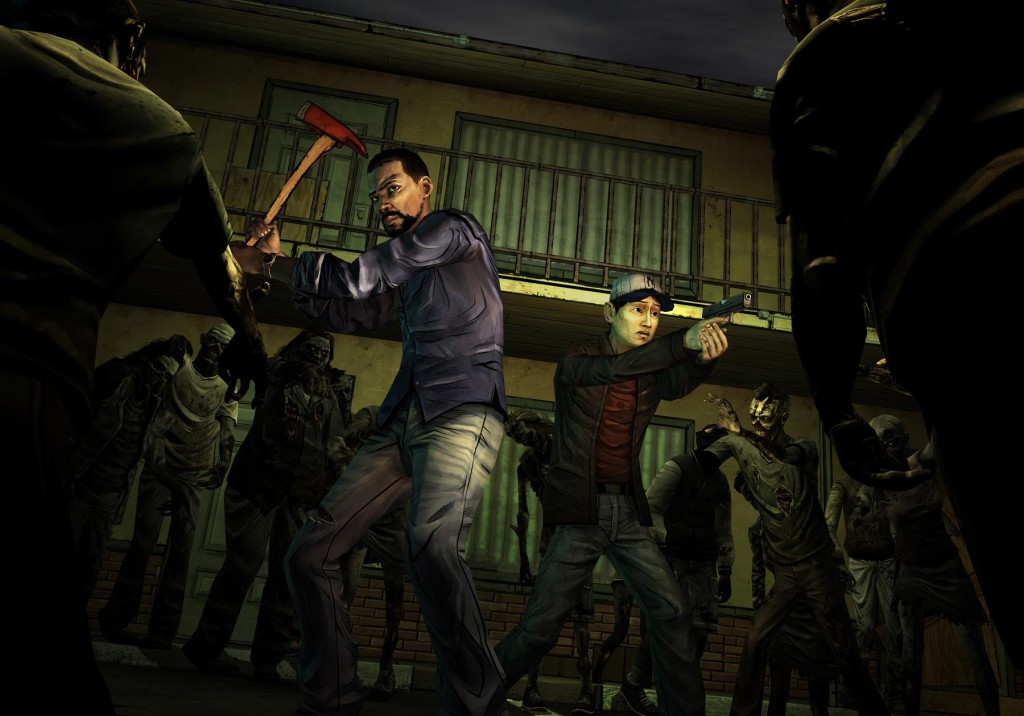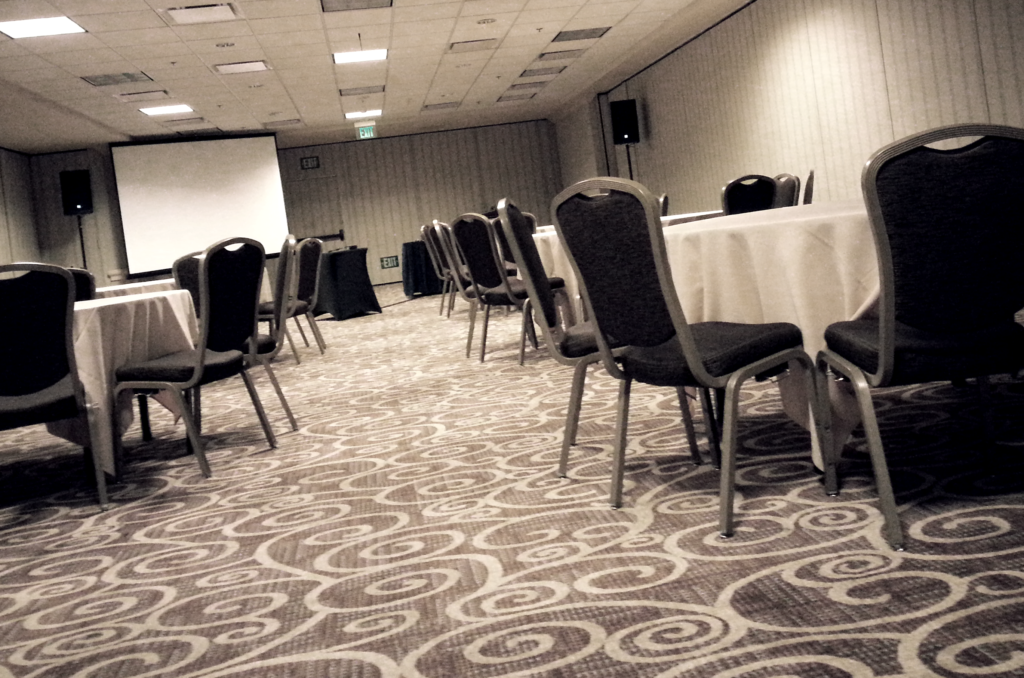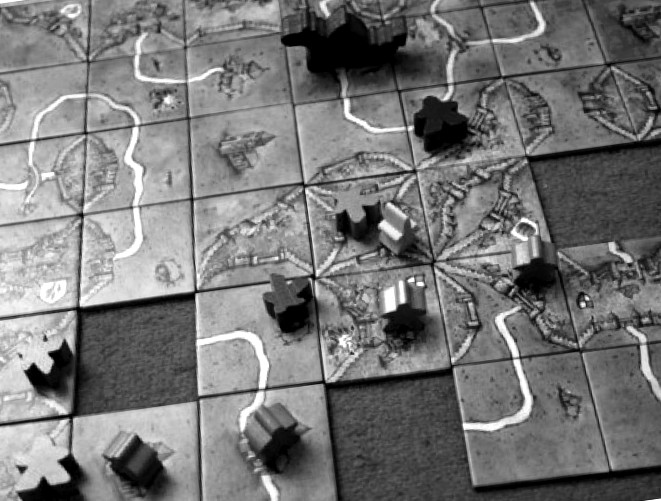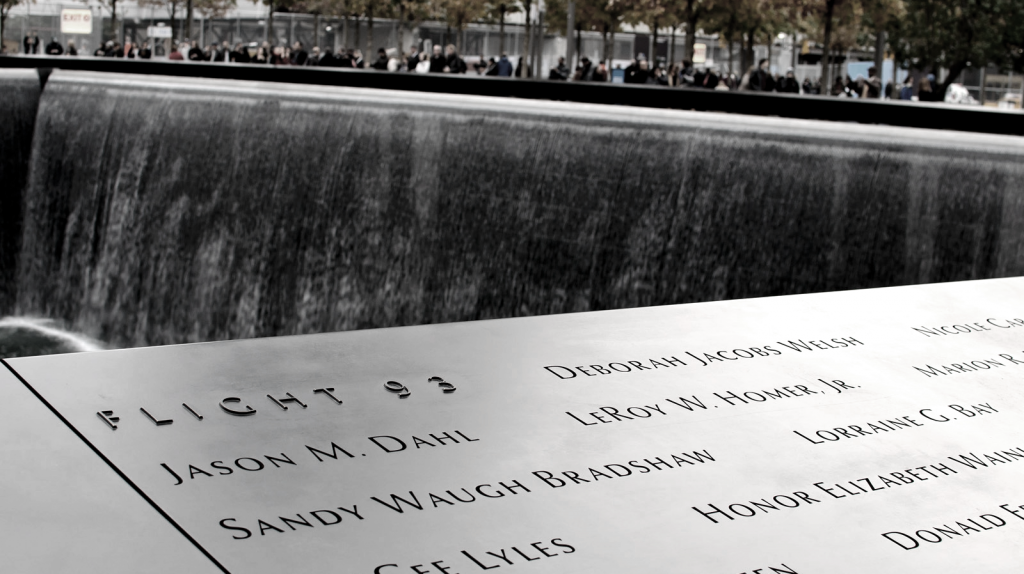Assistant professor in informatics, information architect, designer, piano player, author.
Bad Places, Good Places
In the physical world, human beings rely on a long-evolved complex sensory system to understand if something is wrong. All of our senses play a role. Signals in the environment trigger behavioral and physiological responses: if we see or smell blood, our heart starts beating faster.
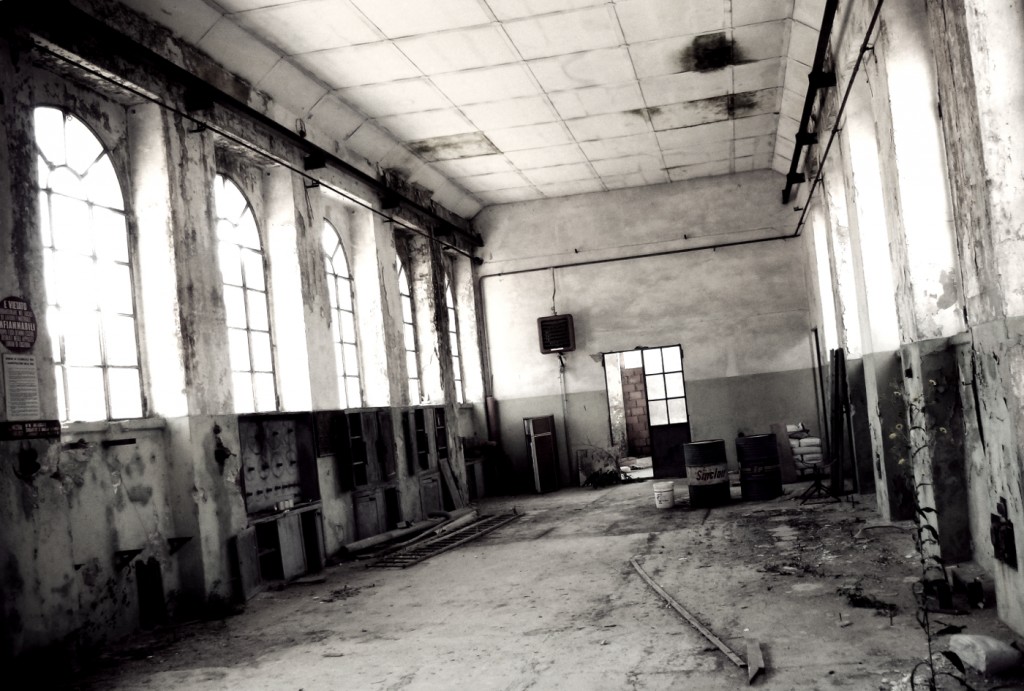
If we hear sudden, loud noise, we might get scared and run away even before actually seeing what the source of that noise is. Similarly, if we see people running and screaming, or animals, we might just be compelled to follow. If the lights go out all of a sudden, reactions cover the gamut from uneasiness to plain panic, even when we are safely home. If any number of these happen simultaneously, well we are usually in for a treat. We know that movies, or the radio and books to a certain degree, can trigger these responses. We know that videogames can as well.
But what about information spaces? What about websites? What about mobile apps? Can a kiosk become a haunting presence? An entire service? Can it? Can we even make something that is constantly crossing the lines between physical and digital into a bad place? If so, what is that we have to do?
It’s obvious that from a social perspective, they all can. A social network such as Instagram could be a venue for petty personal revenges, mobbing, or worse. We don’t have to look around that much to find examples. A kiosk could constantly malfunction and eat up our money, or prevent us from doing whatever it is we want to do. I could mention a few recent experiences with parking meters in this respect. We all have our stories. But this is not what I mean. What I mean is that, as we move activities that were primarily physical into information space (much of banking, increasing portions of our education and healthcare systems) and viceversa (through personal and ambient appliances, from watches to embedded computing), and tie them into cross-channel ecosystems, are also translating some of the characteristics of our bad places in digital? What are these?
Is the American Nazi Party website a scary place? If it is, and not just because of the inevitable associations we carry along, why? Are some of these traits find elsewhere? Are there commonalities? Patterns? Are they similar to the ones we have hardcoded into us in physical space, or completely different? As we are spending more and more time ”online”, this seems an interesting and oddly relevant question worth investigating. Here’s a tentative bullet list of interesting points, written down without conceptualizing it too much.
- Bad places in the physical world. A taxonomy, and an embodied interpretation.
- A conceptualization of archetypes, if any.
- The role of time. Does the bad place change its nature through time? If it does, why? If it doesn’t, why?
- Nature of the bad place. Does any part of this coalescing phenomenology of the bad place translate to a partially different environment?
- Physical through digital. What about those input that carry over, such as sights and sounds
- Language. If the physical world abounds with sensory input (sounds, smells, sights, tactile impressions, or the lack thereof), can this input be rendered through simple language (visual, textual) and accessed as metaphors?
- Relevance. How is this relevant to the design of information spaces and specifically to information architecture?
- Actionability. Is interaction a necessary part of the puzzle? Can a static ”digital place” be threatening? Is that the same?
- Projection. If none of the above actually applies, will it be so ten years from now when Millennials and Gen Zers will be in the driving seat?
Once again, I think that besides figuring out the principles of brick and mortar bad places it’d be necessary to see how we worked that elsewhere, in the realms of traditional media, like books and movies, and new interactive media such as videogames. Bad places abund in FPS and horror survival games, of course, but what about the nature of the bad place in Supermario, or Nethack (yep, I was there)?
What about the traditional fairytale? Plenty of dangerous gingerbread houses there. And movies have possibly perfected the very idea of THE BAD PLACE across different genres: Alien comes to mind, and Psycho, but I have a feeling that very interesting insights might come from Disney as well, and cheap soap-operas.
Will think about it. Meanwhile, if you sort of think this is an interesting problem, Yi-fu Tuan’s Landscapes of Fear can provide the usual abundance of insights and brilliancy, and illustrate why answering such questions can help us answer the perennial questions of what it means to be human and to live in the world.
(Cover pic: A remix of A. Bonvini, Polverificio di Aulla, https://www.flickr.com/photos/alebonvini/7982452399/ – CC BY SA 2.0. Other images: screenshot of the American Nazi Party website, and in-game screenshot from the videogame The Walking Dead)
Detta är en bloggtext. Det är skribenten som står för åsikterna som förs fram i texten, inte Jönköping University.



